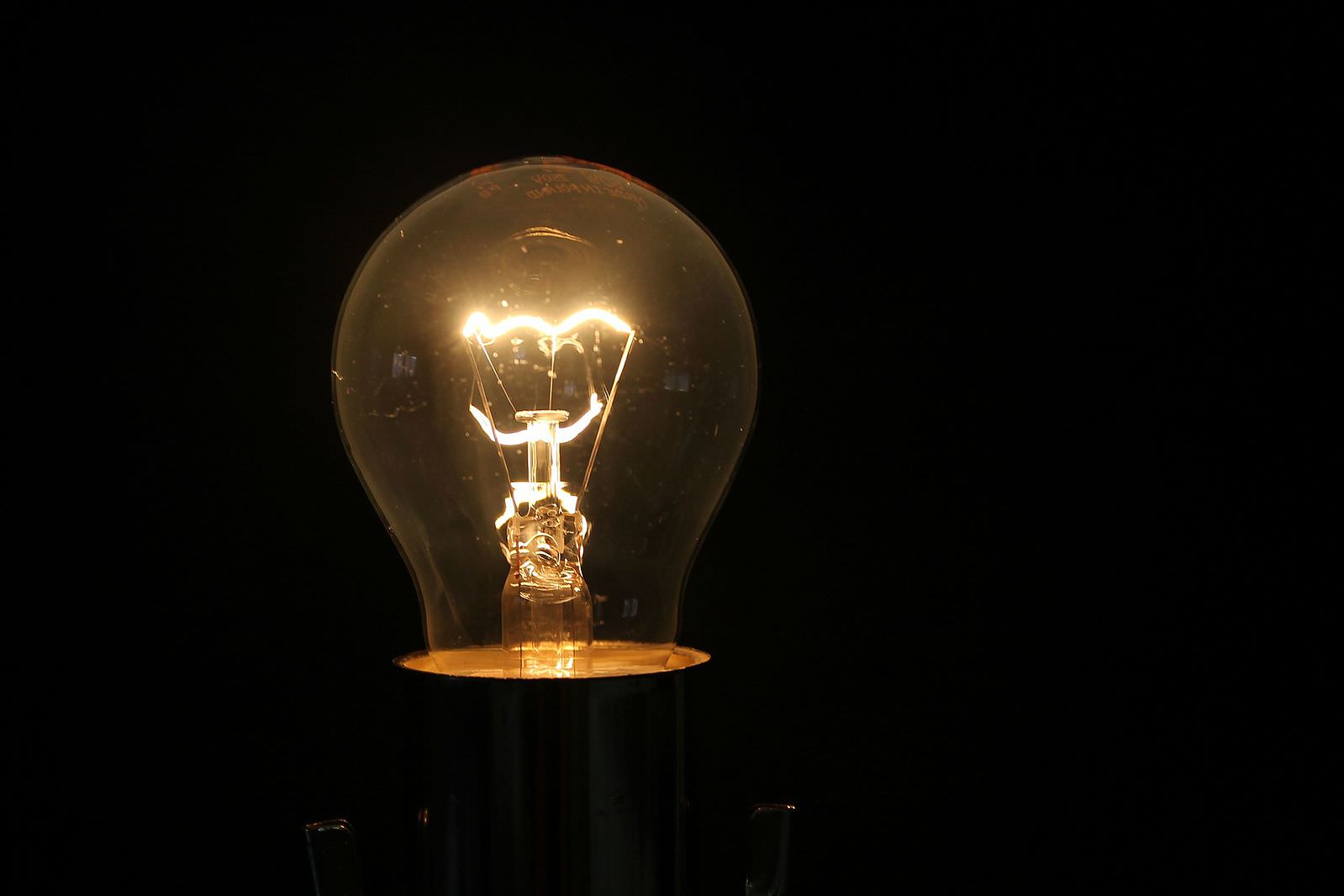U.S. News
143-Year Era of Incandescent Bulb Officially Comes to an Close
By Jake Beardslee · August 2, 2023

A nationwide ban on the manufacture and sale of incandescent light bulbs went into effect August 1st, marking an historic shift in how Americans light their homes and businesses.
The new prohibition on incandescent bulbs is part of a broader government effort to boost energy efficiency nationwide. Current stocks of incandescent bulbs can still be used, but consumers will have to make the transition to more energy-efficient LED bulbs once their old incandescents burn out.
The change has sparked charges of government overreach. “I fought it in the beginning… How can [the government] dictate what we do?” Craig Chalmers, a salesman at Complete Lighting in Tampa, told Fox News.
However, Chalmers ultimately saw the benefits to the ban. “In the end, I looked at it and said, ‘Hey, this is a good thing,’” he said.
Chalmers acknowledged that the ban will “be a big savings to everybody in the end,” adding that LED bulbs “use 75% less energy and last 25 times longer than incandescent bulbs.” He said that after the initial investment in new bulbs, “it will pay you back.”
The federal government estimates that transitioning to LED bulbs can reduce the average household’s electricity costs by up to $100 annually.
While many consumers say LED bulbs are too bright, the latest generation of LEDs are available in a wide variety of color temperatures and shades, with options that replicate the soft, warm glow of traditional incandescent bulbs.
In any event, the 143-year era of the incandescent bulb has officially come to an end. Lights out!
Light Wave commentary
The nationwide phase-out of incandescent bulbs marks a major shift in lighting technology for American homes and businesses. While the transition may be jarring for some, the benefits are clear: LED bulbs last longer and use far less energy than incandescents. The change will dramatically raise energy efficiency and lower consumer power bills over time. The policy change is a shining example of how the application of thoughtful regulation can spur adoption of a newer, greener technology whose time has come.